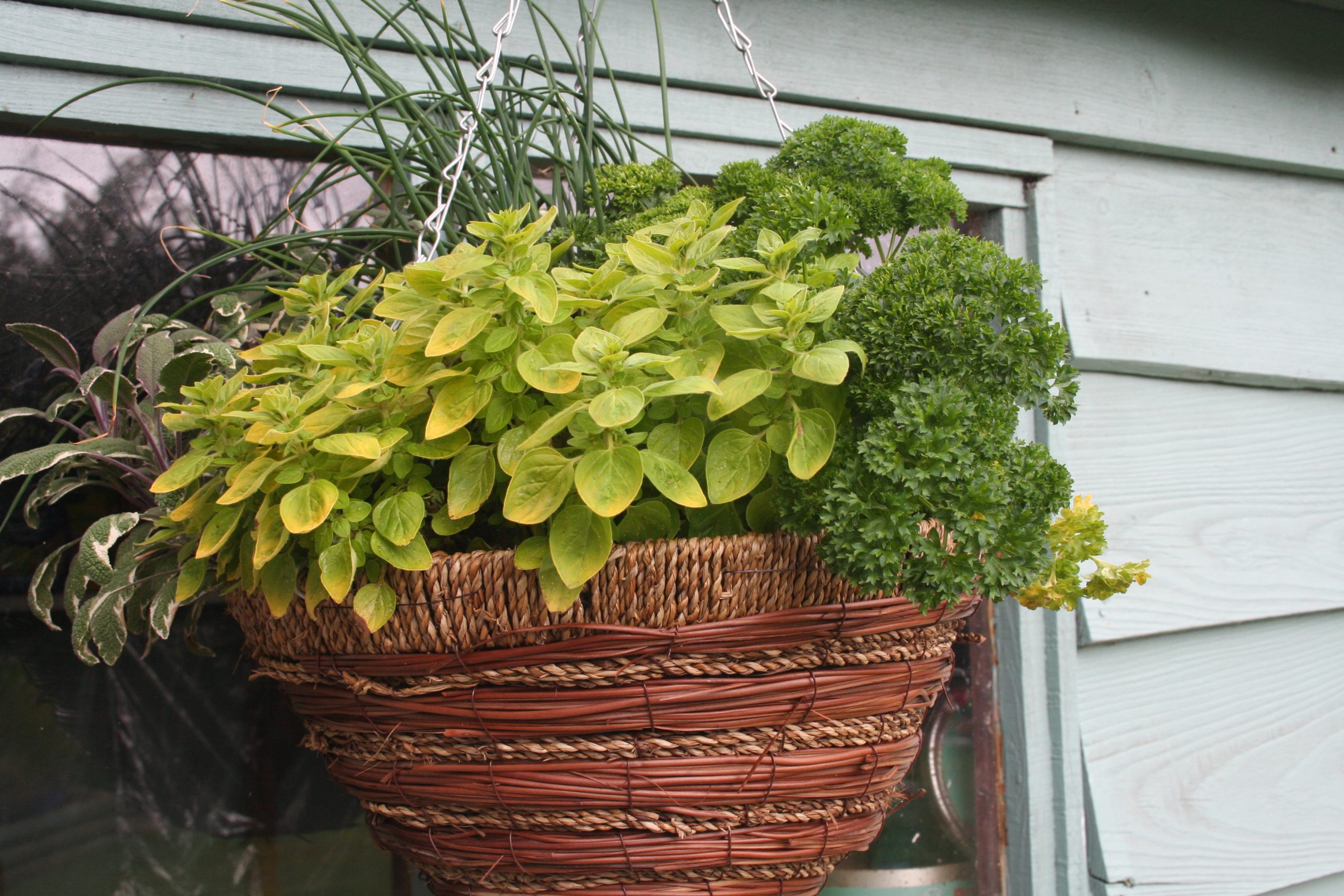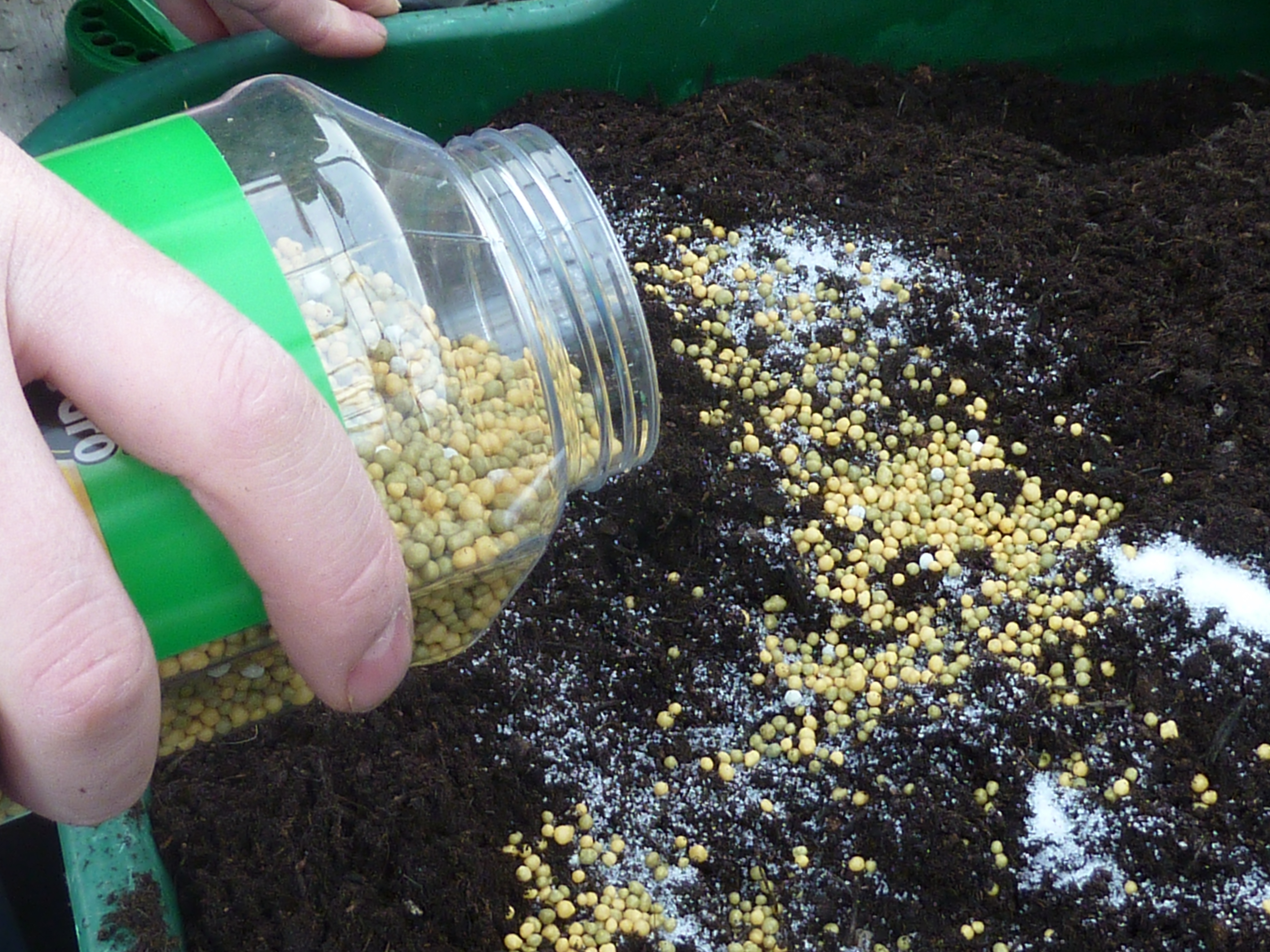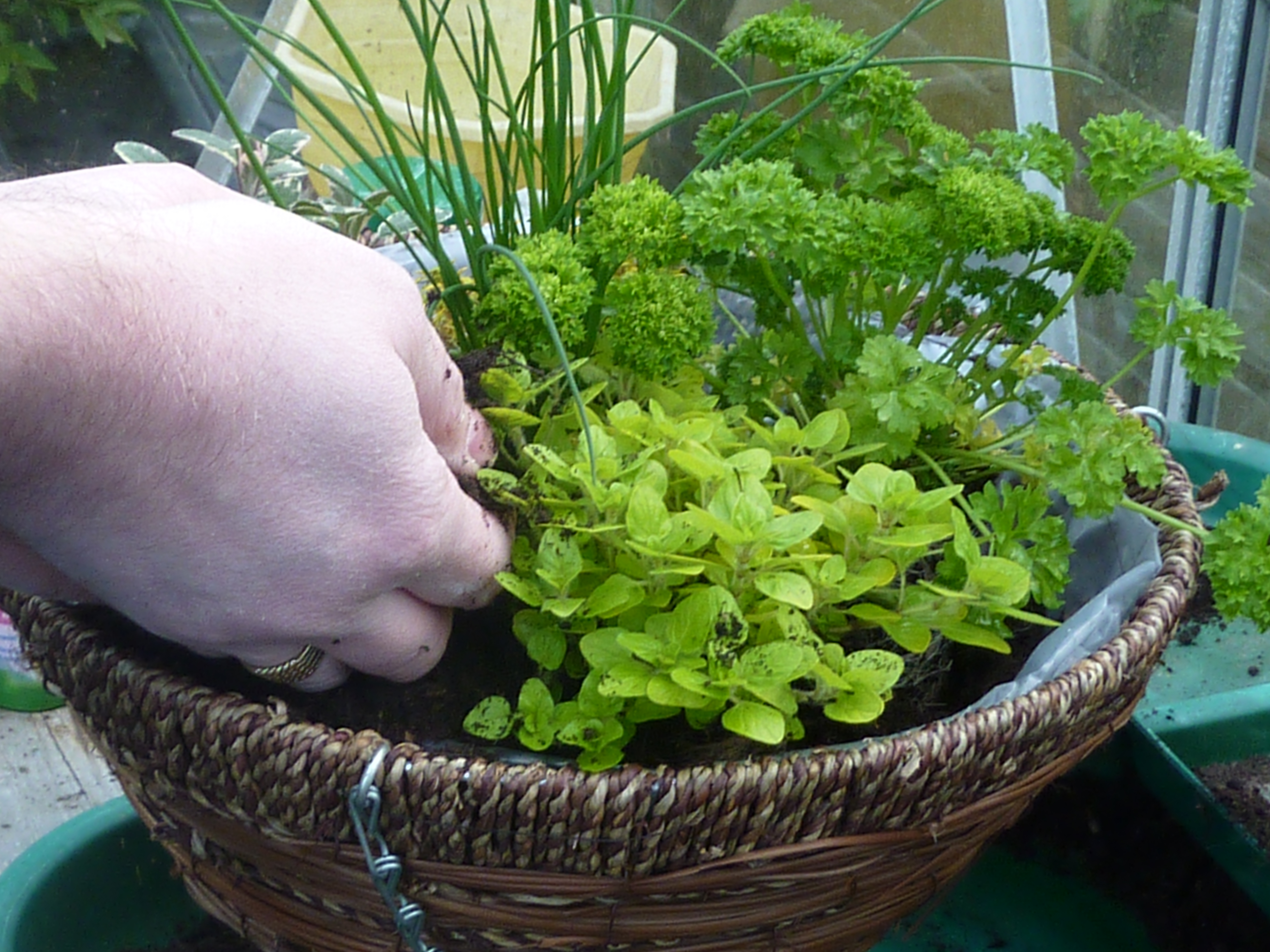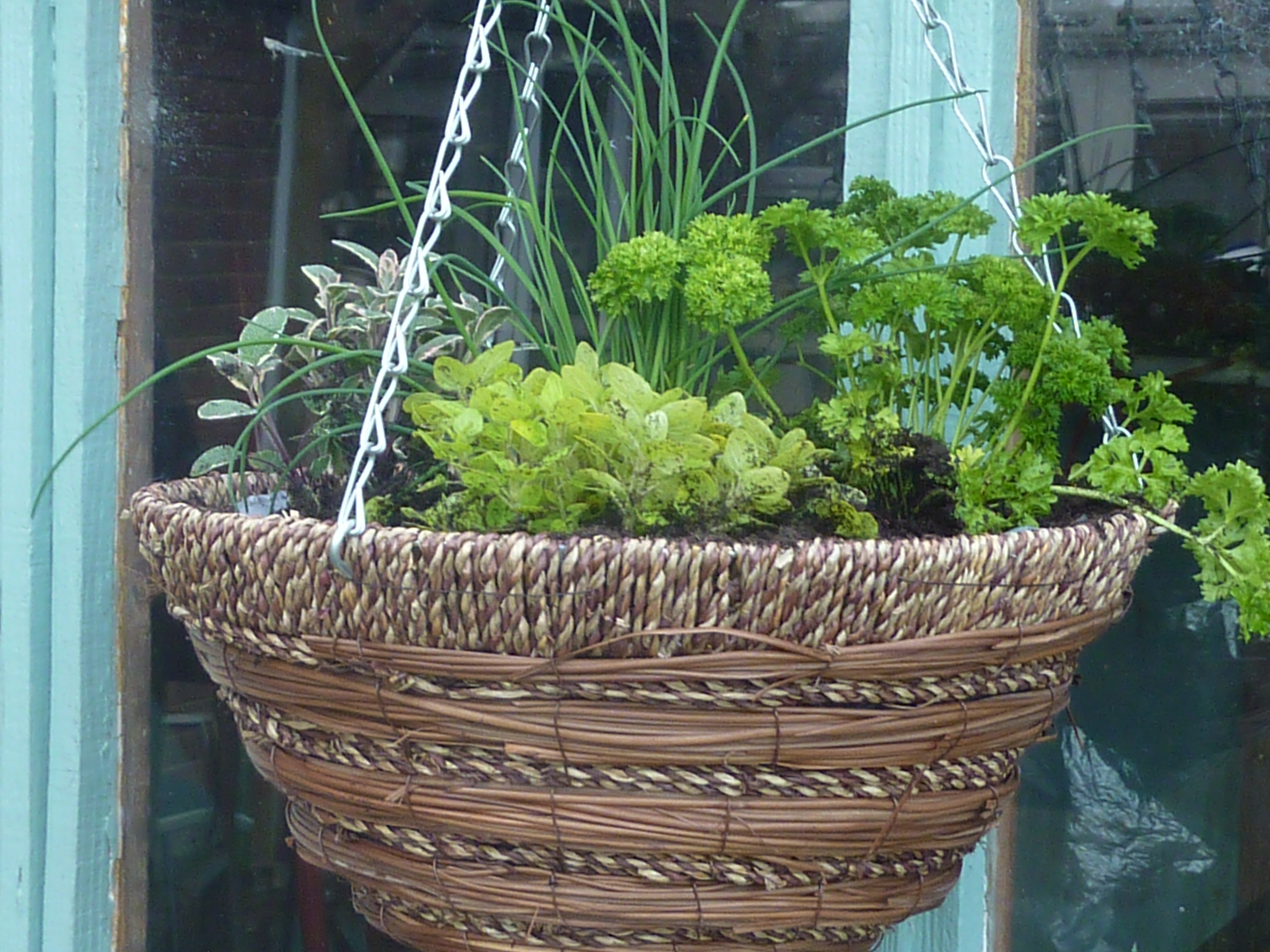The merest sprig of culinary herbs can bring zing and zest to the dullest of dishes. The ultimate freshness of a home grown harvest, straight from plant to pan, can pleasantly intensify their impact. Many can be propagated at home from cuttings or the large array of seeds offered by mail order, or purchased ready grown from your local nursery or garden centre.
Herbs may be grown in containers for the purpose of bringing them closer to hand, because of lack of garden space or simply to bring their beauty and often delightful fragrance closer to the beholder. Beautiful foliage combinations can be achieved with careful selection of the more colourful varieties. Particularly vigorous herbs such as mint need to be grown separately in their own container to confine then, preventing their constant crusade to occupy the entire garden.
There are few herbs which resent being grown in containers. Notable exceptions are tall and top heavy varieties such as Angelica and Lovage which will soon topple in heavy winds. Those which are suitable include:-
- Rocket
- Chervil
- Chives
- Coriander
- Parsley
- Lemon Balm
- Rosemary
- Salad Burnet
- Marjoram
- Thyme
- Sage
to name but a few. Attractiveness as well as dietary benefits can be increased by combining edible flowers with the herbs such as Violas and the peppery kick of Nasturtium blooms.
Indoor pots on the windowsill, such as Parsley and Mint provide a much needed winter crop.
Positioning of containers can be important. They ideally should be situated away from strong winds that may desiccate the young leaves of your plants. They should be close to their place of use, usually the kitchen. Most herbs prefer some sun, particularly the Mediterranean types. However some common ones can withstand light shade such as :-
- Mint
- Parsley
- Lemon Balm
- Rocket
- Chervil
- Chives
Some herbs struggle to recover from being bone dry so keep moist but provide good drainage so the roots are not waterlogged. Pinching and picking will ensure that plants remain bushy. Some liquid feeding during the growing season is advisable.
Annual herbs such as Coriander will die back after one season and even longer lived perennial herbs are sometimes best discarded and new ones propagated or purchased for successive seasons. They may become woody and, if more than one variety is potted in the same container, their roots will be entangled and difficult to separate.
A hanging basket will provide excellent protection from slugs and snails. However, with any plant you intend to consume, always follow the manufacturers instructions if chemicals are used to prevent pests and diseases. Please ensure you always wait for the specified period before eating any part of the treated plant.
Planting a herb hanging basket
For this hanging basket you will require:-
- 1 x lined 14 inch/36cm hanging basket
- Water retaining gel
- Slow release fertilizer pellets
And the following herbs in 3.5 inch/9cm pots:-
- 1 x Golden Marjoram
- 1 x Curled Parsley
- 1 x Archers Gold Thyme
- 1 x Chives
- 1 x Tricolour Sage
Mixing the compost
In spring or early summer line a basket if it is not already lined Cut a small slit in the base of the liner to provide drainage. Mix some compost with the manufacturers recommended amount of water retaining gel and slow release fertilizer pellets. Put a small amount of the compost in to the basket so that when the plants’ roots sit on it the top of the roots will sit an inch or so below the top of the basket so there is room to water.
Remove the pots. I have placed the Chives in the middle due to their height and cascading effect. Neatly space the four remaining herbs around the Chives.
Planting the basket
Fill in around the roots with the compost up to the level the plants were potted, gently firming it down to avoid air pockets. Water in the basket with a fine rose.
The finished basket
If it is very early in the spring it is sometimes advisable to protect the planted basket by growing on in a greenhouse or conservatory until the worst frosts have finished. Later planted baskets can be placed in their final hanging spot straight away.
You will be rewarded with a season of satisfaction and some valuable added flavour and goodness for your home cooking.
Mark Snelling
All images copyright Gardenforpleasure.co.uk
If you have enjoyed reading our blog post then why not fill in the form provided to allow us to send you our blog posts and newsletters by email.




